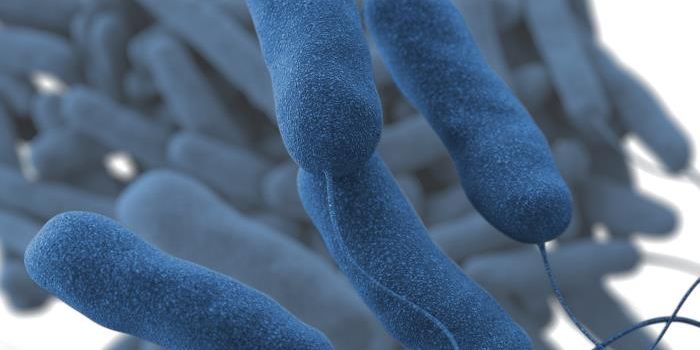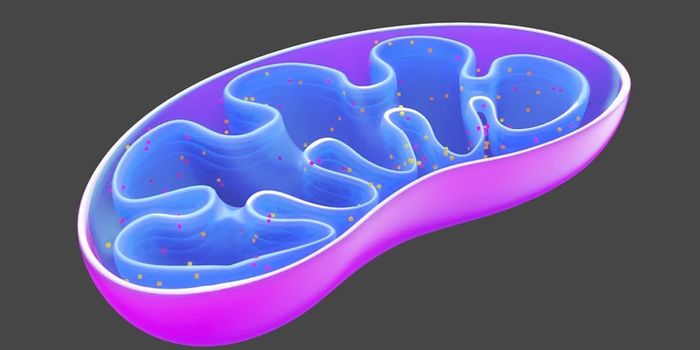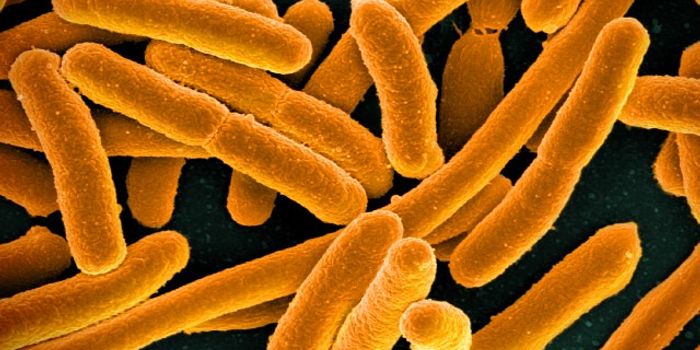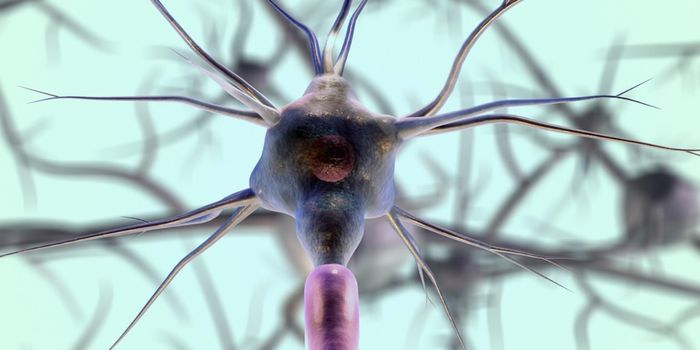New Imaging Tools Provide Insights Into Cell Stress
In cells, active genes are transcribed into messenger RNA (mRNA) molecules, which can be edited and processed in a variety of ways to ultimately create the right protein. While molecular machines called ribosomes can translate mRNA molecules into proteins, those proteins have to be folded into the right 3D structure so they will function correctly. An organelle called the endoplasmic reticulum (ER) plays an important role in protein folding. When mRNA molecules encode for proteins that are moving to the cell membrane or being exported from the cell, they are often sent first to the ER.
A pathway called the unfolded protein response (UPR) can monitor stress in the cell that might be caused by toxins, physical damage, temperature extremes, or some infections. The UPR applies quality control checks to ensure that proteins in the ER are being folded correctly, a process that can go awry as stress levels rise. Since properly folded proteins are so critical to the cell, the UPR can also help make adjustments to the folding machinery in the ER if it senses a problem.
An enzyme known as inositol-requiring enzyme 1 (IRE1a) is a crucial part of the UPR. In the ER, the IRE1a enzyme can bind to mRNA transcripts of a gene called XBP1, and modify them. The modification converts translated XBP1 into proteins that move to the nucleus and activate genes that can provide assistance with quality control and protein folding.
In this study, the researchers developed a tool that enabled them to track individual mRNA transcripts of XBP1 as they moved on the surface of the ER. The XBP1 transcripts were targeted to the ER for splicing, and the researchers found that a tag called SRP is involved.
The findings have been reported in the open-access journal eLife.
Another powerful imaging technique in a different but related study also reported in eLife, was created to elucidate the form of IRE1 in live human cells. A two-color, single-molecule imaging system revealed the oligomerization of IRE1, a molecule that typically is found as a simple, inactive homodimer but which assembles into active oligomers when the ER is under stress. The study authors suggested that when IRE1 dimers are assembled into larger oligomers, it triggers the RNase activity of IRE1, by enabling trans-autophosphorylation.
Sources: Gómez-Puerta et al eLife 2022, Belyy et al eLife 2022









